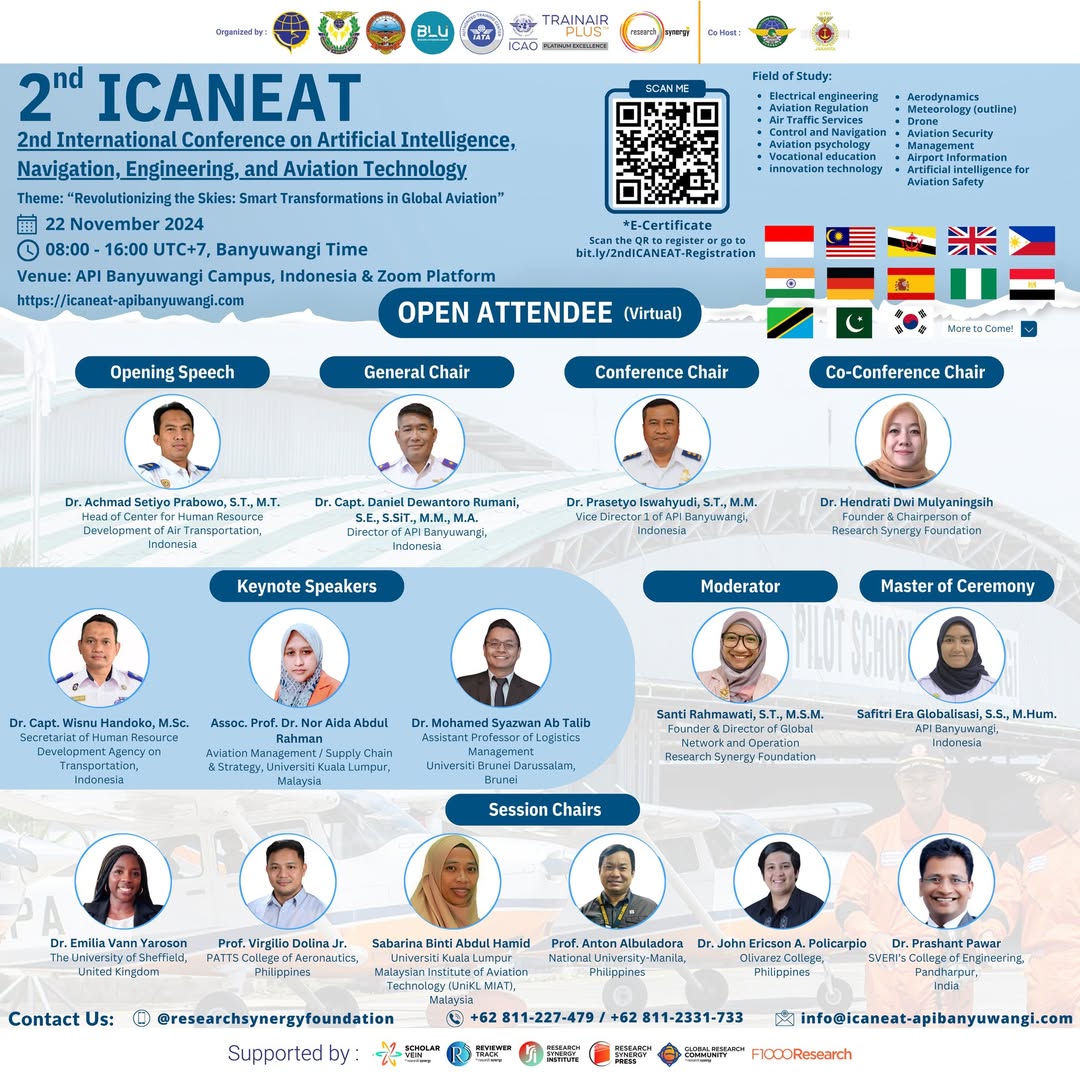Forms of Sexual Violence Against Child Victims of Sexual Violence Committed in the Family Scope
Keywords:
Sexual violence, children, family, incest, legal protectionAbstract
Sexual violence against children within the family is a serious phenomenon that involves legal, psychological, social, and cultural aspects. This issue is increasingly alarming as the perpetrators are often those who are supposed to protect the child. This study employs a juridical-normative approach through literature review, empirical data, and court decisions. The analysis reveals that forms of sexual violence within the family include incest, physical and non-physical harassment, sexual exploitation, and psychological threats. Contributing factors consist of power relations, weak supervision, patriarchal culture, and the lack of sexual education. The impacts include prolonged trauma, physical disorders, social stigma, and hindered child development. Efforts to address this issue must involve the law, family, community, and the state through a multidisciplinary approach.References
[1] R. Rahmayanti, “Kajian Kriminologi Terhadap Anak (Pelaku) Tindak Pidana Pencurian Sepeda Motor Dengan Kekerasan,” Jurnal Hukum, Politik Dan Ilmu Sosial, vol. 2, no. 3, pp. 290–299, 2023.
[2] I. Ismaidar and R. Rahmayanti, “Legal Protection for Children as Victims of Domestic Violence,” Randwick International of Social Science Journal, vol. 4, no. 1, pp. 106–110, 2023.
[3] F. M. Mufrizal, I. Risdawati, and R. Rahmayanti, “LEGAL RESPONSIBILITIES OF THIRD PARTIES AND HOSPITALS REGARDING THE IMPLEMENTATION OF ELECTRONIC MEDICAL RECORDS,” in International Conference on Health Science, Green Economics, Educational Review and Technology, 2024, pp. 1–11.
[4] F. M. Mufrizal, I. Risdawati, and R. Rahmayanti, “LEGAL RESPONSIBILITIES OF THIRD PARTIES AND HOSPITALS REGARDING THE IMPLEMENTATION OF ELECTRONIC MEDICAL RECORDS,” in International Conference on Health Science, Green Economics, Educational Review and Technology, 2024, pp. 1–11.
[5] S. Nurhayati, E. Wakhyuni, and S. A. Hasibuan, “Enforcement of Labor Wages Below the Minimum Standard Reviewed from Government Regulation (PP) Number 36 of 2021 Concerning Wages and Islamic Law,” Paragraph, vol. 1, p. 36, 2021.
[6] F. Rafianti, S. Nurhayati, E. Wakhyuni, and M. Andafi, “The Challenges of Implementing the Online Single Submission (OSS) System in Business Licensing (NIB) and Halal Certification Processes,” Pena Justisia: Media Komunikasi dan Kajian Hukum, vol. 23, no. 3, pp. 586–599, 2024.
[7] H. Aspan, “STRATEGI PEMERINTAH DALAM MENEKAN WANPRESTASI DALAM PENGADAAN KAPAL,” Public Service And Governance Journal, vol. 4, no. 1, pp. 83–92, 2023.
[8] H. Aspan, I. M. Sipayung, A. P. Muharrami, and H. M. Ritonga, “The Effect of Halal Label, Halal Awarness, Product Price, and Brand Image to the Purchasing Decision on Cosmetic Products (Case Study on Consumers of Sari Ayu Martha Tilaar in Binjai City),” International Journal of Global Sustainability, vol. 1, no. 1, pp. 55–66, 2017.
[9] Komisi Perlindungan Anak Indonesia (KPAI), Laporan Tahunan KPAI 2021, Jakarta: KPAI, 2021, hlm. 15.
[10] Sudarto, Hukum Pidana dan Perkembangan Masyarakat, Bandung: Sinar Baru, 1986, hlm. 22.
[11] Kartini Kartono, Patologi Sosial 2: Kenakalan Remaja, Jakarta: Rajawali Pers, 1992, hlm. 105.
[12] Arif Gosita, Masalah Korban Kejahatan: Kumpulan Karangan, Jakarta: Akademika Pressindo, 2004, hlm. 68.
[13] Huraerah, Kekerasan terhadap Anak: Fenomena Masalah Sosial Kesejahteraan Anak, Bandung: Nuansa Cendekia, 2012, hlm. 144.
[14] Sarlito Wirawan Sarwono, Psikologi Remaja, Jakarta: PT RajaGrafindo Persada, 2005, hlm. 89.
[15] E. Koswara, Psikologi Abnormal, Bandung: Eresco, 1989, hlm. 57.
[16] Lestari, A. & Putri, R., “Perlindungan Anak Korban Incest dalam Perspektif Hukum dan Peradilan,” Jurnal Hukum dan Peradilan, Vol. 9, No. 2, 2020, hlm. 233.
[16] Barda Nawawi Arief, Bunga Rampai Kebijakan Hukum Pidana, Jakarta: Kencana, 2008, hlm. 112.
[17] Soerjono Soekanto, Pengantar Penelitian Hukum, Jakarta: UI Press, 2002, hlm. 13.
[18] Undang-Undang Nomor 35 Tahun 2014 tentang Perlindungan Anak; Undang-Undang Nomor 12 Tahun 2022 tentang Tindak Pidana Kekerasan Seksual; dan Undang-Undang Nomor 23 Tahun 2004 tentang Penghapusan Kekerasan dalam Rumah Tangga.
[19] UNICEF, Hidden in Plain Sight: A Statistical Analysis of Violence Against Children, New York: UNICEF, 2014, hlm. 45.
[20] Soetjiningsih, Tumbuh Kembang Anak dan Remaja, Jakarta: Prenada Media, 2010, hlm. 89.
[21] David Finkelhor, Child Sexual Abuse: New Theory and Research (New York: Free Press, 1984).
[22] Putri & Suryani, “Prevalensi Kekerasan Seksual Anak di Indonesia,” Jurnal Kesehatan Reproduksi, Vol. 12 No. 2, 2021.
[23] Undang-Undang Republik Indonesia No. 35 Tahun 2014 tentang Perlindungan Anak.
[24] Susanti, “Perkawinan Anak dalam Perspektif Hukum dan HAM,” Jurnal Hukum dan Pembangunan, Vol. 50 No. 1, 2020.
[25] Rahmayanti, “Legal Protection for Victims of Sexual Violence in the Digital Era,” Bureaucracy Journal, Vol. 4 No. 2 (2023), hlm. 115.
[26] Suyanto, Masalah Sosial Anak (Jakarta: Kencana, 2010).
[27] UU No. 35 Tahun 2014 tentang Perlindungan Anak, Pasal 76D. UU No. 12 Tahun 2022 tentang Tindak Pidana Kekerasan Seksual.
[28] KUHP Pasal 287–290 tentang tindak pidana kesusilaan terhadap anak.
[29] Peraturan Mahkamah Agung RI No. 3 Tahun 2017 tentang Pedoman Mengadili Perkara Perempuan Berhadapan dengan Hukum.
Downloads
Published
Issue
Section
License
Copyright (c) 2025 Putriani Ndruru, Rahmayanti (Author)

This work is licensed under a Creative Commons Attribution-ShareAlike 4.0 International License.









